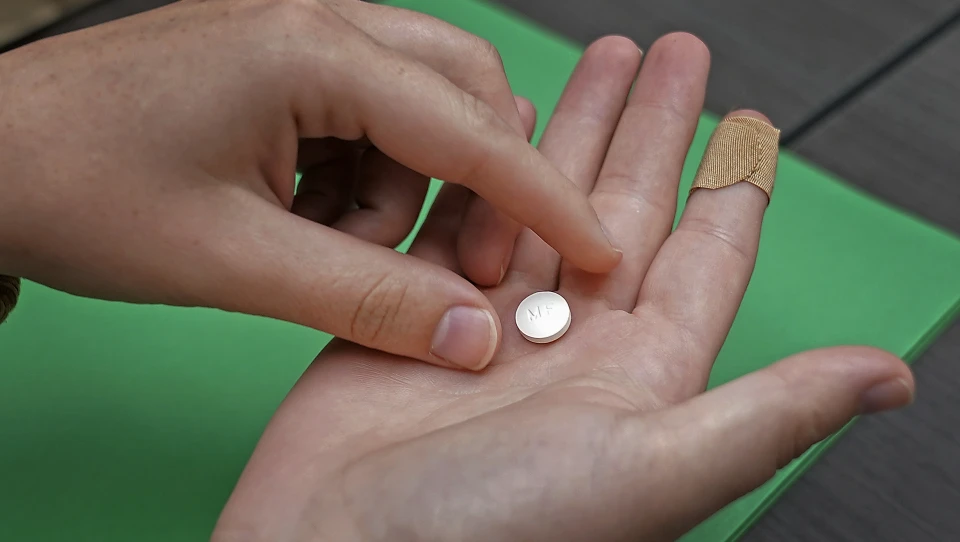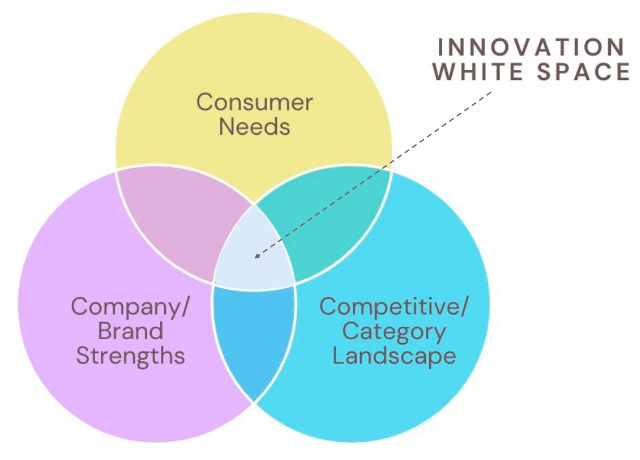Combining qualitative and quantitative research is a dynamic approach that allows us to uncover insights that are both statistically robust and emotionally resonant—a true win-win.
Quantitative research forms the backbone of our work, enabling us to survey large sample sizes and derive insights that can be generalized to the broader population. For example, did you know that 40% of Americans believe a hotdog is a sandwich? That’s the power of quantitative data—it provides us with valuable metrics and trends.
But here’s where it gets really interesting. We complement quantitative research with qualitative methodologies, which delve beneath the surface to reveal deeper understandings. Whether it’s through interviews or focus groups, qualitative research allows us to tap into the heart and mind of respondents, uncovering insights that quantitative data alone might miss.
So why do we love combining these two approaches? Because they complement each other perfectly. Sometimes, we kickstart a project with qualitative interviews to develop strong hypotheses, which we then validate through quantitative surveys. Other times, we begin with quantitative analysis and then dive deeper into the qualitative realm to explore nuances and fill in the blanks left by survey data.
This hybrid approach is our secret sauce—it gives us the best of both worlds. By leveraging quantitative research for breadth and measurement, and qualitative research for depth and understanding, we emerge with findings that are incredibly rich and insightful.
So the next time you’re grappling with complex research questions, consider the power of blending quantitative and qualitative methodologies. It’s a recipe for success that allows us to unlock a treasure trove of valuable insights, enriching our understanding of the world around us.



